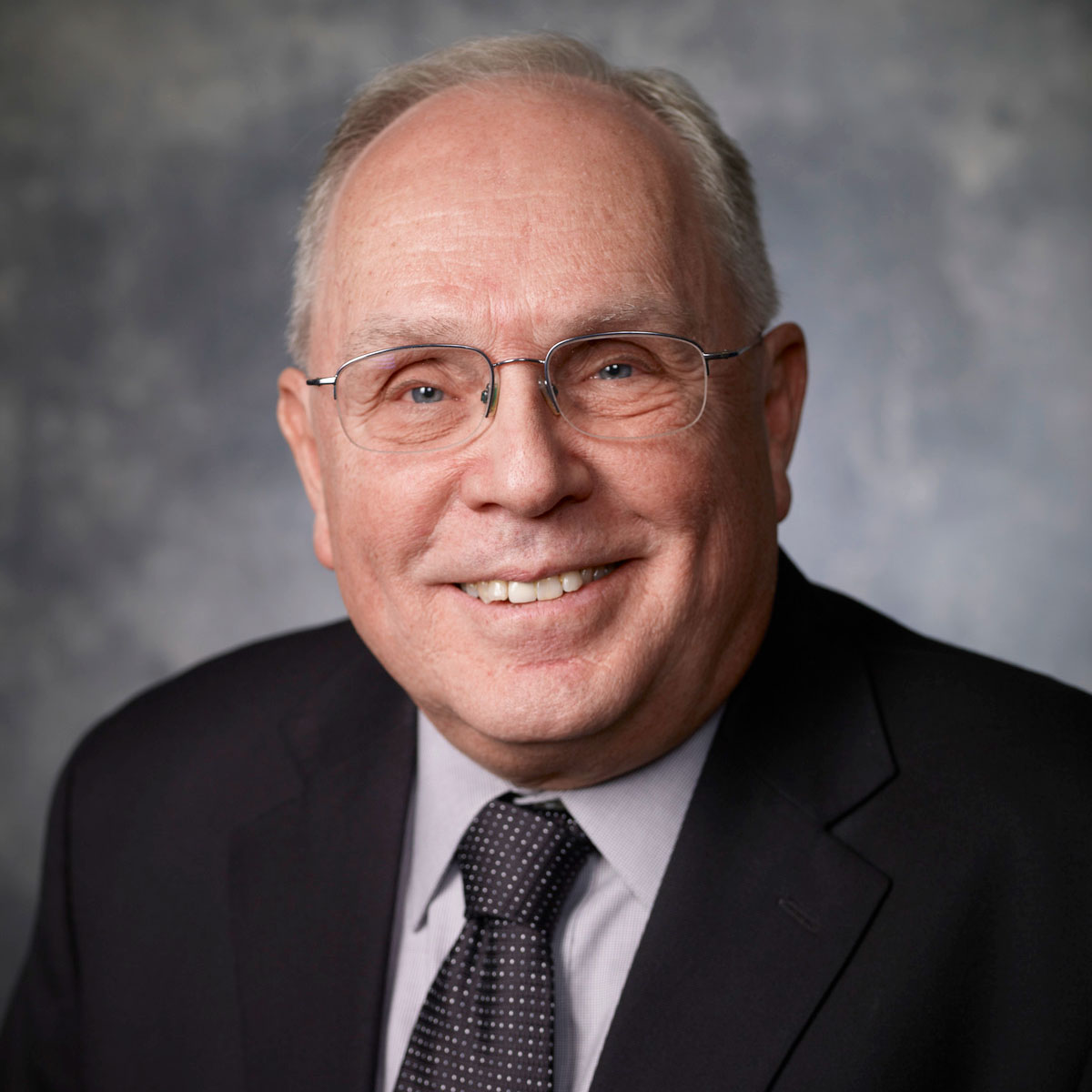Dr. Ivan Hal Sudborough
- Professor Emeritus of Computer Science
- Founders Professor (Former)

The University of Texas System supports the professorship.
“I want to be remembered for contributing to the body of knowledge in my discipline. I’ve found solutions to open problems that nobody knew how to solve.”
When Dr. Ivan Hal Sudborough thinks about a problem, it’s not necessarily to find a solution. He seeks to determine whether the problem is even answerable.
“There are lots of problems that are impossible to solve with an algorithm, by a computer or by human beings,” he said. “For example, encryption techniques that we all use for secure transactions on a computer are safe because the factors of an integer are difficult to find in a practical amount of time. This is a good thing.”
Sudborough’s solution to the so-called pancake problem topped a solution which had stood for 30 years, by Bill Gates at Harvard University, working with another professor Christos Papadimitriou. The problem: Using the fewest flips, how do you re-order a stack of flapjacks, all of different sizes, so they are arranged from the largest on the bottom to the smallest on top?
The problem has practical applications. Configuring processors in a pancake network might bolster computer power, and the problem of computing the minimum number of steps to sort pancakes is equivalent to computing the shortest path between any two processors in this network.
Another classic problem his team solved is called Topswops. That 40-year-old problem involved determining the maximum and minimum number of steps required in a card problem.
“What I find fascinating about a problem like Topswops is connected to its simplicity, to its fundamental nature, and to the complexity and difficulty of finding an answer,” Sudborough said. “An easily described, easily communicated problem is invaluable for engaging a wide array of participants, from high school students to the most eminent mathematicians.”
Indeed, Sudborough finds ways to engage his students. He’s been nominated for and has received numerous teaching awards.
Sudborough joined the UT Dallas faculty in 1985. He retired in 2020.
He earned his bachelor’s degree in mathematics from California State Polytechnic University, San Luis Obispo, master’s degree in mathematics at California State University, East Bay and doctoral degree in computer science at Pennsylvania State University.